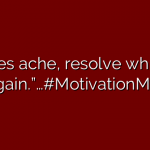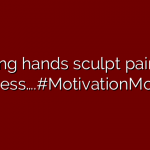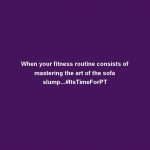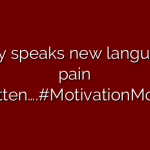Transcript:
[Music]
Alright, David C. David C. says, “My work requires sitting at a desk for long hours. Can you offer specific ergonomic modifications or stretches I can do throughout the day to prevent further strain on my discs?”
So, David, it sounds like you have a disc issue already. So, I would hope you’ve made a couple of these changes and this is just a review for you. So, we have a two-prong question. You wanted ergonomic modifications and then you wanted stretches.
The first thing is the ergonomics: desk and chair height, monitor position, keyboard, and breaks. What I mean by that is you need to spend some money or convince your boss to spend some money because if you were working in a garage as a mechanic, you would buy good tools because you’re going to need them. This is the same thing here. If you have a desk job, your chair is your command center essentially. You want a good chair. What that means is it’s got to be adjustable. Your chair needs to change height so your forearms are parallel to the surface they are on or to the floor. So, it’s like this. You shouldn’t be pitched up or down or reaching forward too much. You should be able to adjust the monitor height. I usually say it should be mid-screen eye level because we look down so much. I’d rather overexaggerate the up a little bit. The screen should also be about an arm’s length away from you, so fingertip to arm, which is where I’m at right now. And then, the other chair adjustments would be things like lumbar support, having a headrest. Definitely, I mean your car has a headrest for a reason beyond just accidents. It’s to get you to be in an upright position, be more aware when you’re driving, which I’m sure you want to be at work anyway, is more aware of what you’re doing. And then, keyboard and mouse placement. You want them within easy reach, avoid awkward wrist positions. So typically, like a wrist support rest, like the little gel ones, are pretty good for that. And lastly, the breaks. So, you should get up every 30 minutes or so. If you need an app for that or a reminder on your phone, set it. What you’ll also notice as a benefit of that is it tends to make you more productive because you feel better and you’re more mobile. So, you’re not worried about something else like you’re not sitting there writing TPS reports being like, “Oh man, my back’s killing me” or “My neck’s killing me” or “My arm feels weird.” You’ll be engaged and you’ll feel good and that will all help.
In terms of the stretches, you shouldn’t really be making time to stretch as much as you need to integrate it into your daily routine of who you are. Like, you don’t take time out to brush your teeth, it’s just part of your routine. That’s what I would suggest you do because chances are you’re probably a busy professional like the rest of us.
The first one I like is a 3 to 9 or 9 to 3 neck roll. So rather than making a full circle, you’re going halfway. So, you would gently tilt your head to the side and let it roll down to the other side, and you repeat that and you take your time with it. And then you would go to the side, then you’d roll back to the other side. I don’t like full circles because people tend to stay within the ranges they’re comfortable, which is not what we’re looking for right now. We’re looking for you to expand upon the motions that you’re not typically doing while you’re sitting at a desk staring at a computer.
Another one you can do is just kind of a lengthening exercise where you gently retract your chin, which is what I was demonstrating earlier, where you retract your chin and then just think about getting tall, kind of leaning back slightly and then relaxing. You can couple it with a deep breathing exercise if you want. That’s usually very effective at moving the chest and the rib cage up and down.
And then, similarly, there’s shoulder rolls, you know, just bringing your shoulders up, forward, down, and back, clockwise and counterclockwise. And then there’s also upper back stretches. One of my favorites is lacing your fingers together but behind you. And you’re going to round your back and push your shoulders forward. And then you’re going to arch your back back and push your shoulder blades together. And it’s repetitive. And again, feel free to add in the breathing piece because that’ll add an extra sense of calm and generally feels good.
So, try those out, get back to me what you think of them. Additionally, I should mention too staying hydrated is important. Be aware of your posture and then just listen to your body. So, like, you know, if these stretches don’t work for you, reach out and I’ll give you new ones. [Music]






